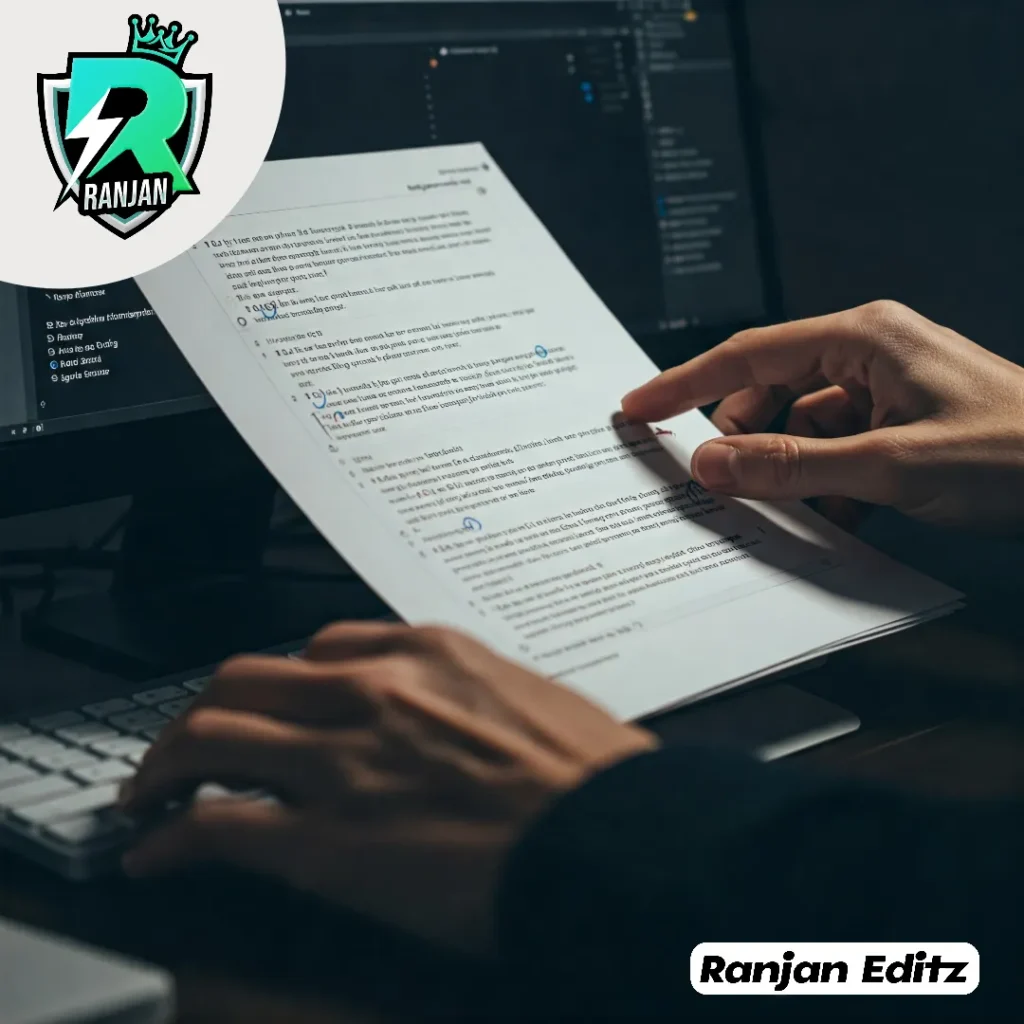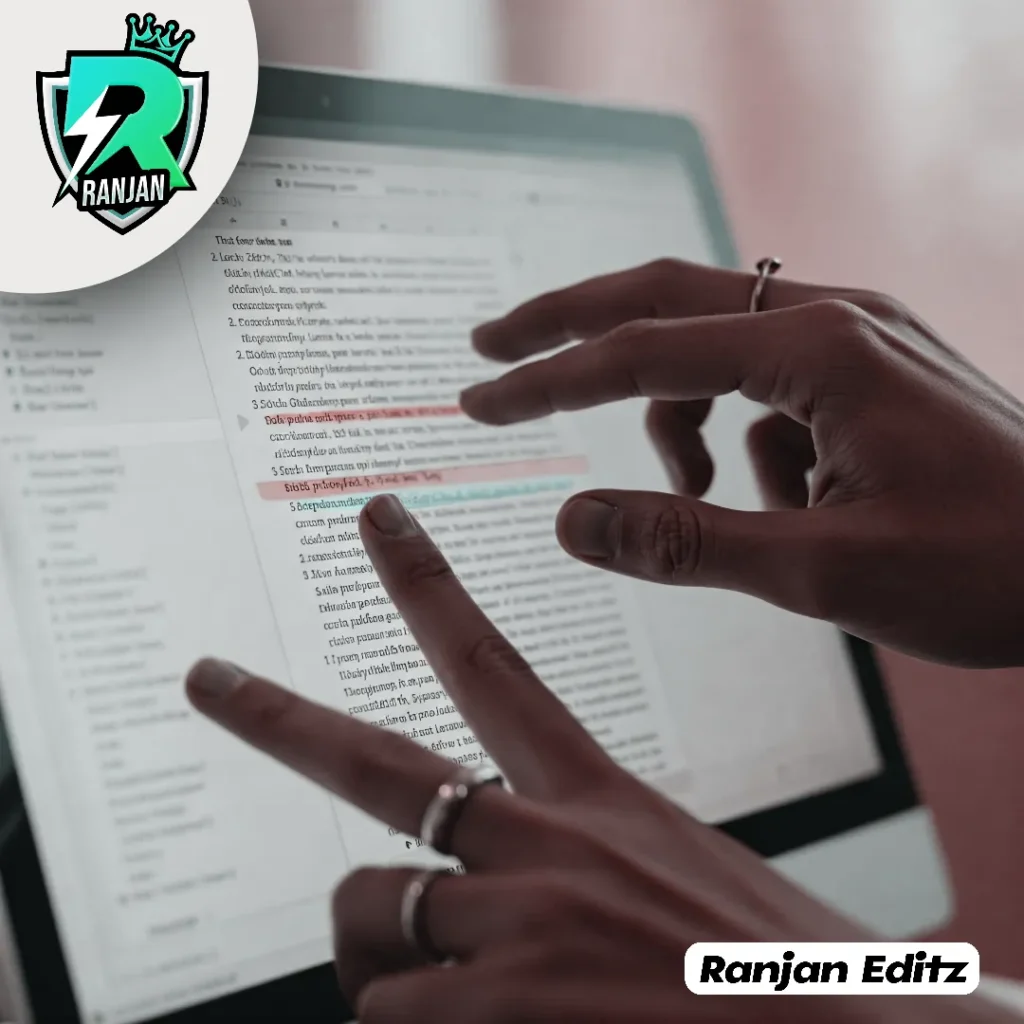Success in Word document editing stands as essential for professionals writers editors as well as their colleagues. Professionals require that you refine all your Word documents including reports and articles as well as manuscripts. This article educates readers about professional document editing principles through specific techniques and built-in Word tools along with readability optimization methods.

Table of Contents
Understanding the Basics of Editing
Proficient editing starts from mastering basic concepts before approaching more complex techniques. The editing procedure consists of content evaluation through an assessment of clarity alongside coherence grammar and structure. To achieve an editorial standard of Word document editing start with these steps:
- A professional start requires readers to examine the complete piece before they modify anything since this viewing establishes flow and context.
- Editorial analysis should include identification of grammar problems alongside identification of inconsistent material as well as finding unclear sentences.
- The content needs organized placement in a logical order between paragraphs and sections.
Various built-in editing tools available in Microsoft Word
The editing features of Microsoft Word include various tools which help users fulfill their editing requirements. Any person aiming to achieve professional editing skills of Word documents must learn to use these specific features.
- Track Changes
Through the Track Changes feature editors can make suggestions on texts that stay separate from the original content. The tool enables efficient collaboration during author reviews as well as effective modification assessment.
- Spelling and Grammar Check
The automatic spell-check feature on Microsoft Word stands as a helpful error detection system which detects common spelling and grammatical mistakes but it still requires manual proofreading.
- Find and Replace
Through this function editors can instantly fix both repetitive terms and common spelling mistakes in their documents. It improves efficiency in editing.

Enhancing Readability and Clarity
Expert editors work to transform the text into a direct writing that keeps its content flowing easily while maintaining high interest throughout the document. To enhance readability, consider:
- The elimination of repeated words should target those phrases which fail to enhance text content.
- Improving theragmentation of lengthy sentences makes content easier to understand and more clear.
- Active voice replaces passive voice which causes content to become less engaging so your writing becomes more compelling.
- Professional editorial practice in Word document editing demands consistency between content writing style and tone throughout the document.
Formatting for a Professional Appearance
The editing process goes beyond mistake correction because it includes formatting tasks to achieve better presentation quality. Consider these formatting tips:
- Subheading sections with headings enables easier document navigation while promoting readability.
- Professional fonts should be used as the default typefaces ranging among Times New Roman, Arial and Calibri.
- Realigning your lines through adjustment of inter-line space together with margin choices produces documents that are more attractive and simpler to read.
- Using number and bullet points helps maintain systematic organization of information.

Fact-Checking and Cross-Referencing
An experienced editor verifies references and checks all information for accuracy in documents. Please verify the authenticity of all statistics and references as well as quotes which appear in your document. To edit Word documents with professional-like expertise you should guarantee the authenticity of sources through proper cross-referencing.
Proofreading for Perfection
The conclusion of learning how to edit Word documents as a professional editor includes meticulous proofreading of the content. Several foolproof methods exist for proofreading:
- Listening to your document aloud enables identification of improper construction and absent words.
- Taking a break before the final proofread improves overall accuracy in the document.
- Errors tend to become noticeable during print reviews rather than when viewed onscreen.

